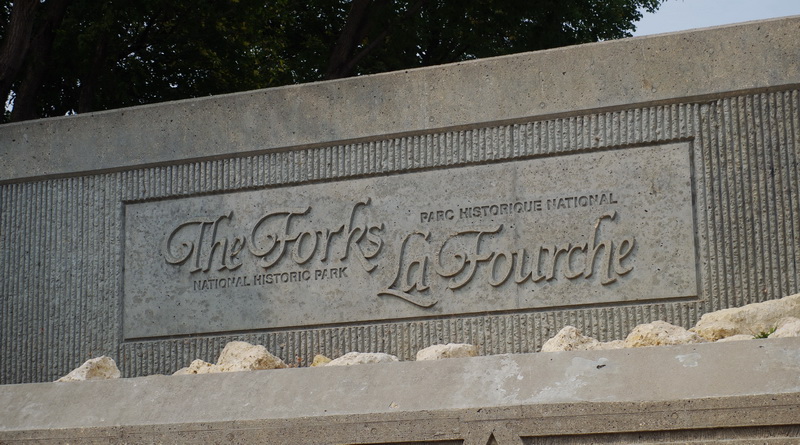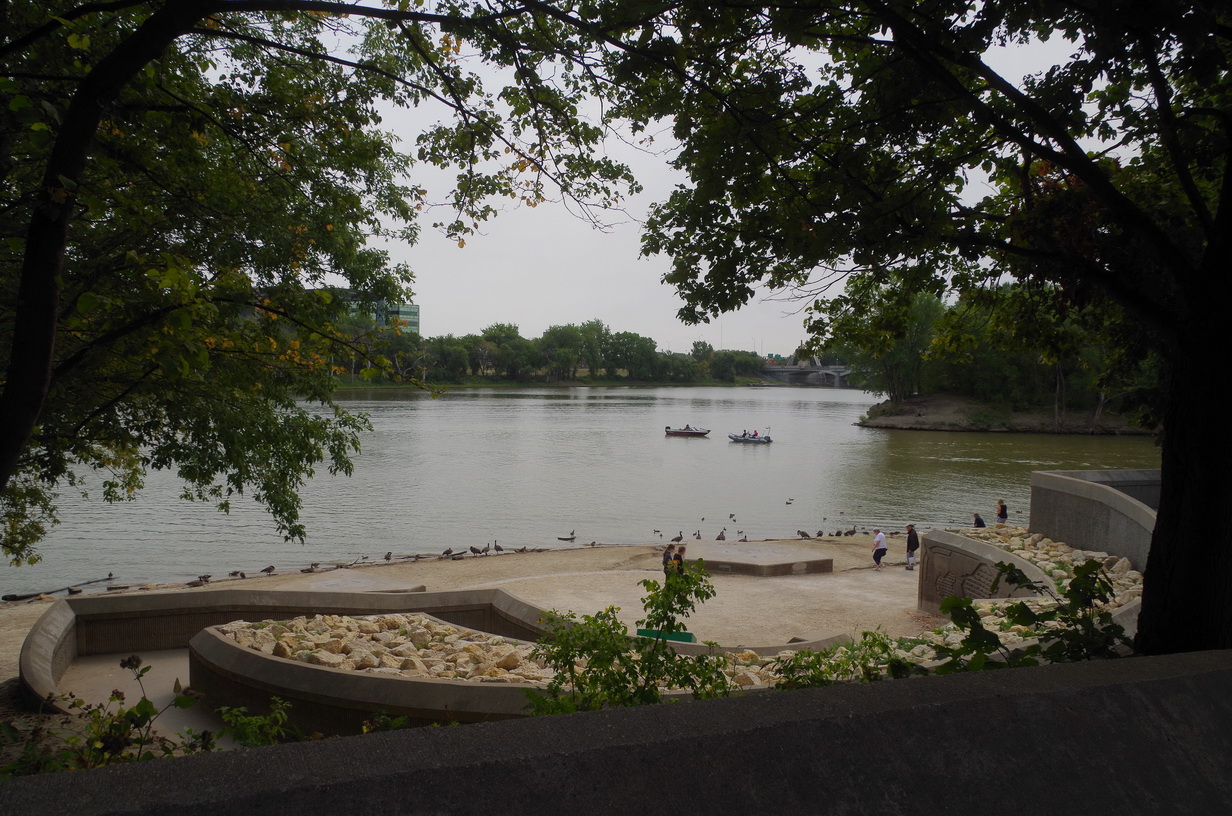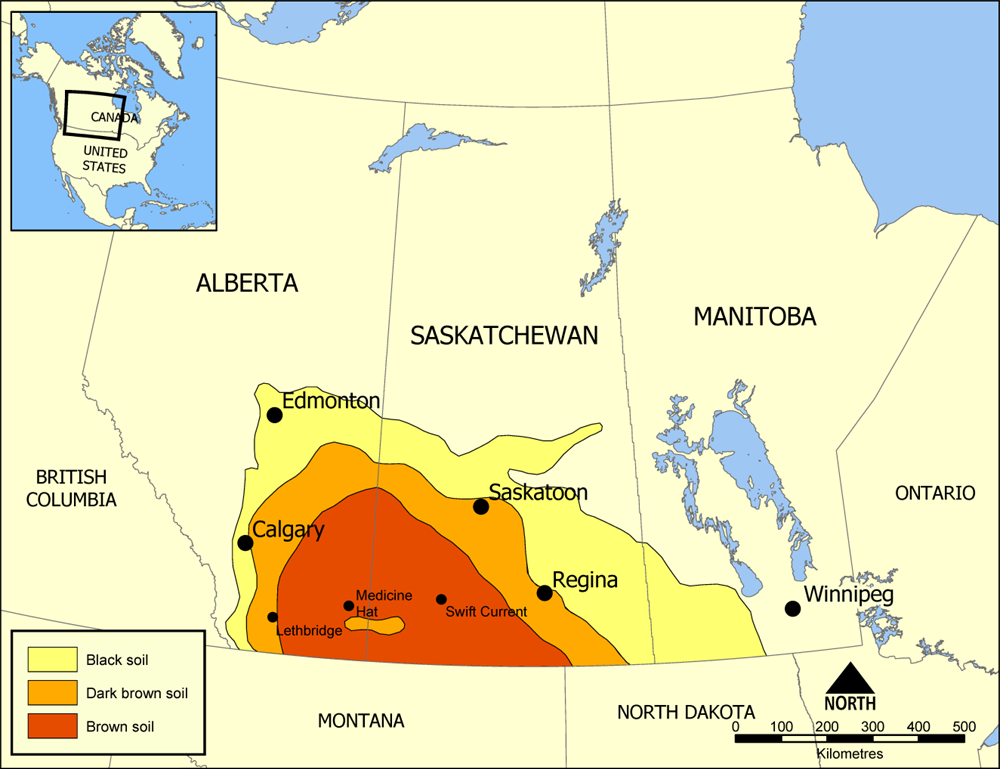Visit to “The Forks” in Winnipeg, Canada (2018)
A journey of remembrance
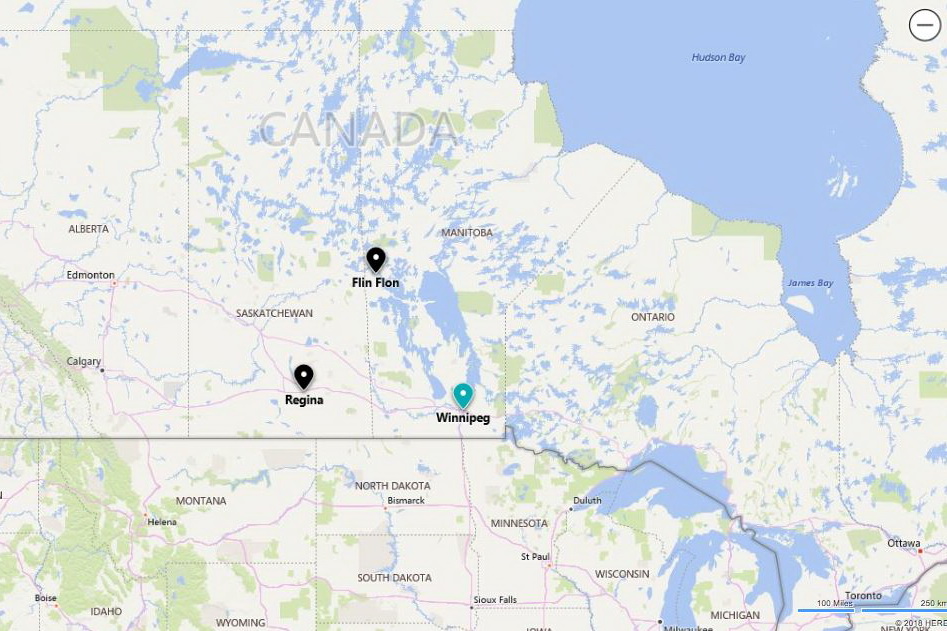 My wife and I visited Winnipeg for a weekend in late August, 2018. This was a special trip to commemorate our honeymoon travel 55 years earlier. We were married September 16, 1963 in Roberta’s hometown of Flin Flon, Manitoba. It’s a mining town located about 750 km north of Winnipeg (photos of Flin Flon here), on the border with Saskatchewan. We were just twenty-one at the time, starting our careers with many opportunities ahead for family, study, professional life, and world travel.
My wife and I visited Winnipeg for a weekend in late August, 2018. This was a special trip to commemorate our honeymoon travel 55 years earlier. We were married September 16, 1963 in Roberta’s hometown of Flin Flon, Manitoba. It’s a mining town located about 750 km north of Winnipeg (photos of Flin Flon here), on the border with Saskatchewan. We were just twenty-one at the time, starting our careers with many opportunities ahead for family, study, professional life, and world travel.
This time in Winnipeg we chose to visit some popular tourist attractions, all closely related to the history of Winnipeg and the development of Western Canada.
The Forks National Park
The Forks, is the official name of a recreational area in the heart of Winnipeg. The name comes from the “forking of the waterways” where two rivers join. The Red River crosses into Canada from the USA while the Assiniboine River, which merges with it at the Forks, drains areas from the west including the famous Qu’Appelle Valley system in Saskatchewan. The merged rivers, still named the Red River, flow northward into Hudson’s Bay (from which Canada’s oldest company, the Hudson’s Bay Company, gets its name). For centuries, if not for millennia, the rivers were the transportation routes supporting trade and communication for the early peoples of the plains.
Westward from Winnipeg stretch the Canadian Plains, originally fertile grassland that once supported great herds of buffalo (bison). First Nations peoples (many groups with different languages) followed these wandering beasts and lived in tent-like tepees that could be conveniently moved from one hunting location to another. The flat land extends for hundreds of kilometers westward to the Rocky Mountains. Ideal for agriculture, the area was rapidly occupied by Europeans, displacing the First Nations people—which is an important story to be told another time.
A brief history of early times
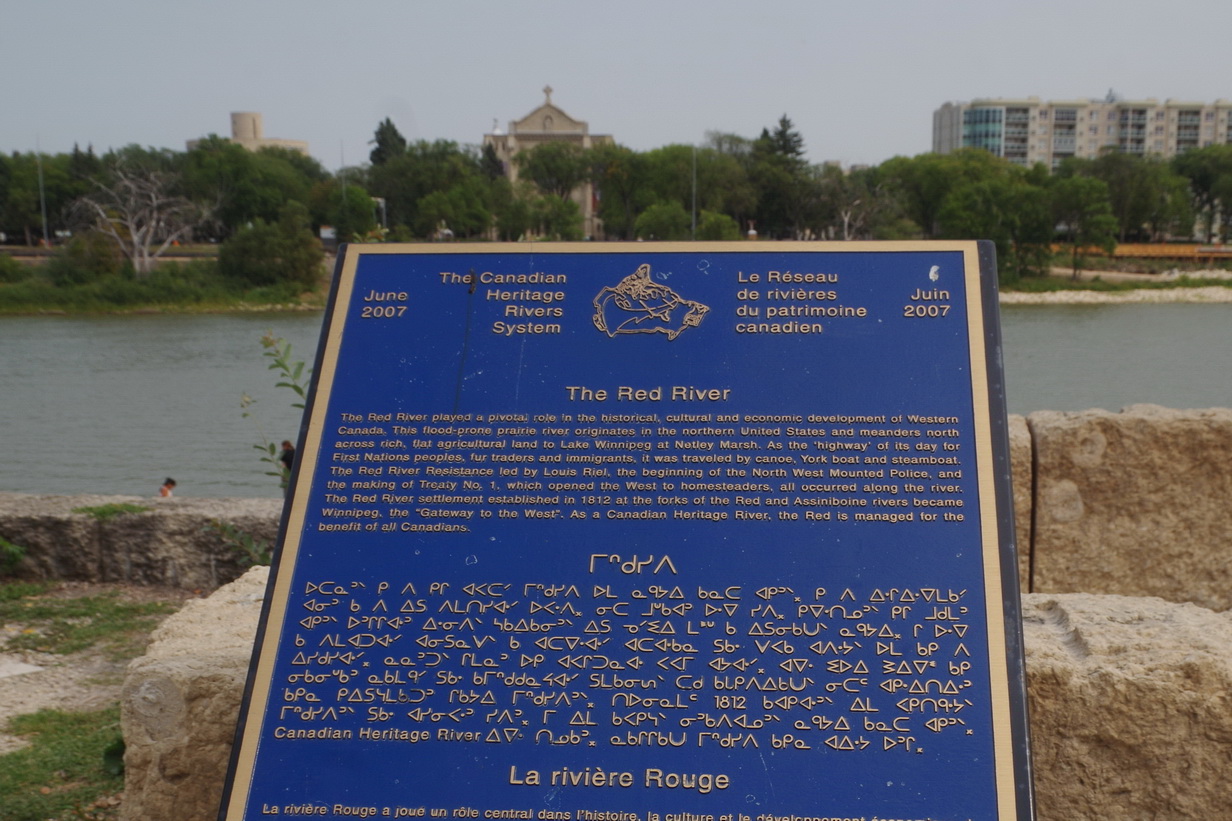 The first Europeans to arrive at The Forks were explorers, searching for a way to the western seas (Pacific Ocean). Traders arrived more than 200 years ago following the river systems. They traded small manufactured goods for the furs of animals. These fur traders (most often from Quebec, of French language and culture) commonly took wives from the First Nations, giving rise to a people of mixed-blood who became known as the Metis (a French word, pronounced may-tee). They became important middle-men, able to communicate easily with local peoples, the traders, and early government officials from Eastern Canada. Early in this history, the Metis lived both as traders and buffalo hunters in the West of Canada (then known simply as The Territories).
The first Europeans to arrive at The Forks were explorers, searching for a way to the western seas (Pacific Ocean). Traders arrived more than 200 years ago following the river systems. They traded small manufactured goods for the furs of animals. These fur traders (most often from Quebec, of French language and culture) commonly took wives from the First Nations, giving rise to a people of mixed-blood who became known as the Metis (a French word, pronounced may-tee). They became important middle-men, able to communicate easily with local peoples, the traders, and early government officials from Eastern Canada. Early in this history, the Metis lived both as traders and buffalo hunters in the West of Canada (then known simply as The Territories).
Fort Garry, established by the Hudson’s Bay Company, was the first permanent European settlement in this western land, established near The Forks in 1822. But even prior to this, in 1818, land was officially set aside for a Catholic Mission to be established at Saint Boniface. Church people, known in those early times as missionaries, came along with traders and officials. Historically, Church people (of different traditions, but all of the Christian faith) represented the educated social class. They came both to serve the religious needs of the Europeans and to teach local people Western ways. It was the missionaries who assumed a major role in bridging the cultures. They provided social services, including health care and education, in addition to engaging in religious teaching and performing rituals related to Christian worship.
Here at The Forks, Europeans of both British and French culture settled, developing trade and industry that served waves of new immigrants coming as farmers to the western plains. Of special importance to our visit this time was the area just across the river from the Forks National Park. Here lies the historic community known as Saint Boniface, home of the Catholic mission, which built churches, schools, and hospitals.
Missionaries, and the larger Church organizations which supported them, were highly important at that time to Western peoples everywhere. Churches had, for many centuries, provided most all of the local social and community services that existed, not only in these frontier regions in colonial times but also back in settled areas in Europe and America. European expansion in the 1800s proceeded in many parts of the world, and the Church was normally present with the twin goals of spreading the Christian faith and bringing to new areas what was commonly called Christian/Western civilization.
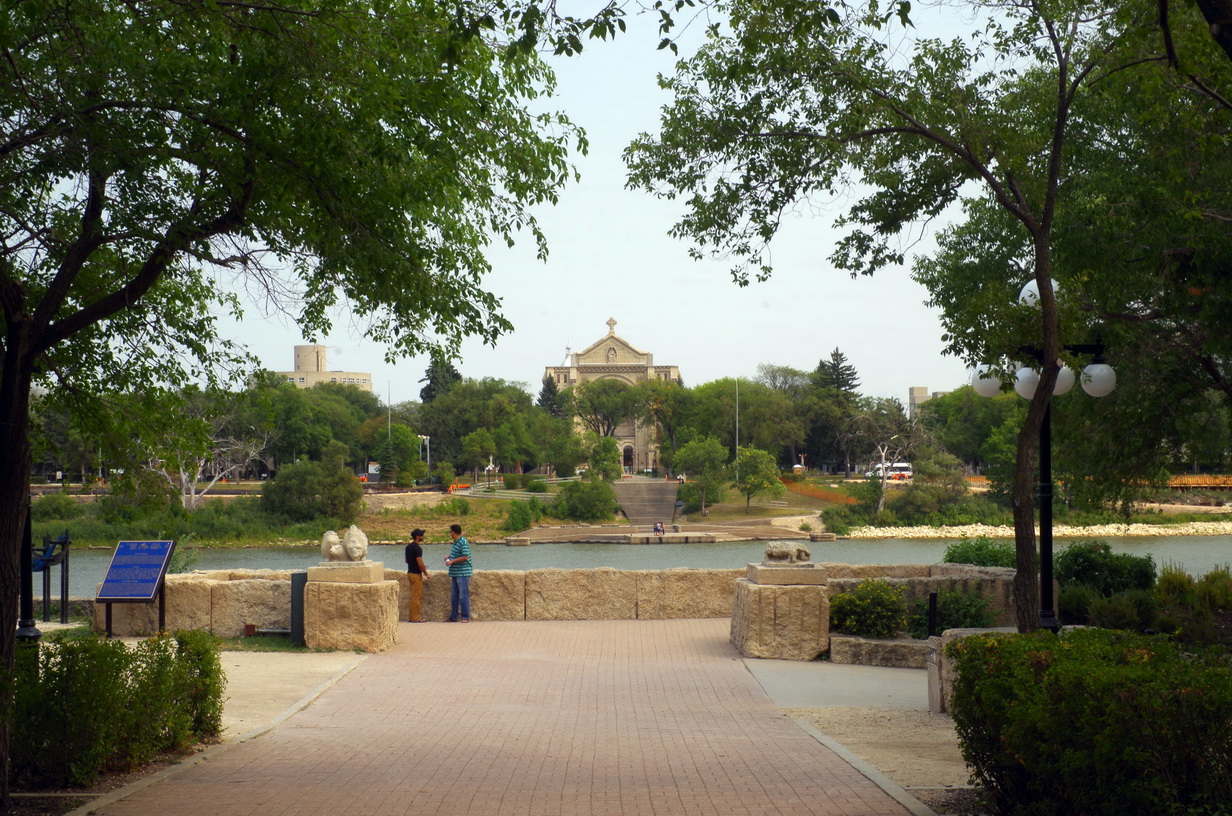 So it was that in Saint Boniface the priests and nuns (all single unmarried people who considered themselves “married to Christ”) provided services that helped create the “conditions of civilization” valued by incoming immigrants.
So it was that in Saint Boniface the priests and nuns (all single unmarried people who considered themselves “married to Christ”) provided services that helped create the “conditions of civilization” valued by incoming immigrants.
Europeans, with their advanced technologies, moved relatively easily into new lands in America and elsewhere. Clearly there was a supportive relationship between the Church (which was primarily committed to personal, spiritual and cultural development) and the efforts of the State (committed to economic development and establishing political control) since both contributed to the success of the other. This uneasy alliance between Church and State has had its problems over the centuries in many parts of the world, including the history of this opening-up period of Western Canada.
As noted above, the Metis people were the bridges between cultures, fluent in local dialects as well as French and English. They formed a culture of their own and are officially recognized to this day as a continuing, distinct minority group in Canada.
Louis Riel, early political leader
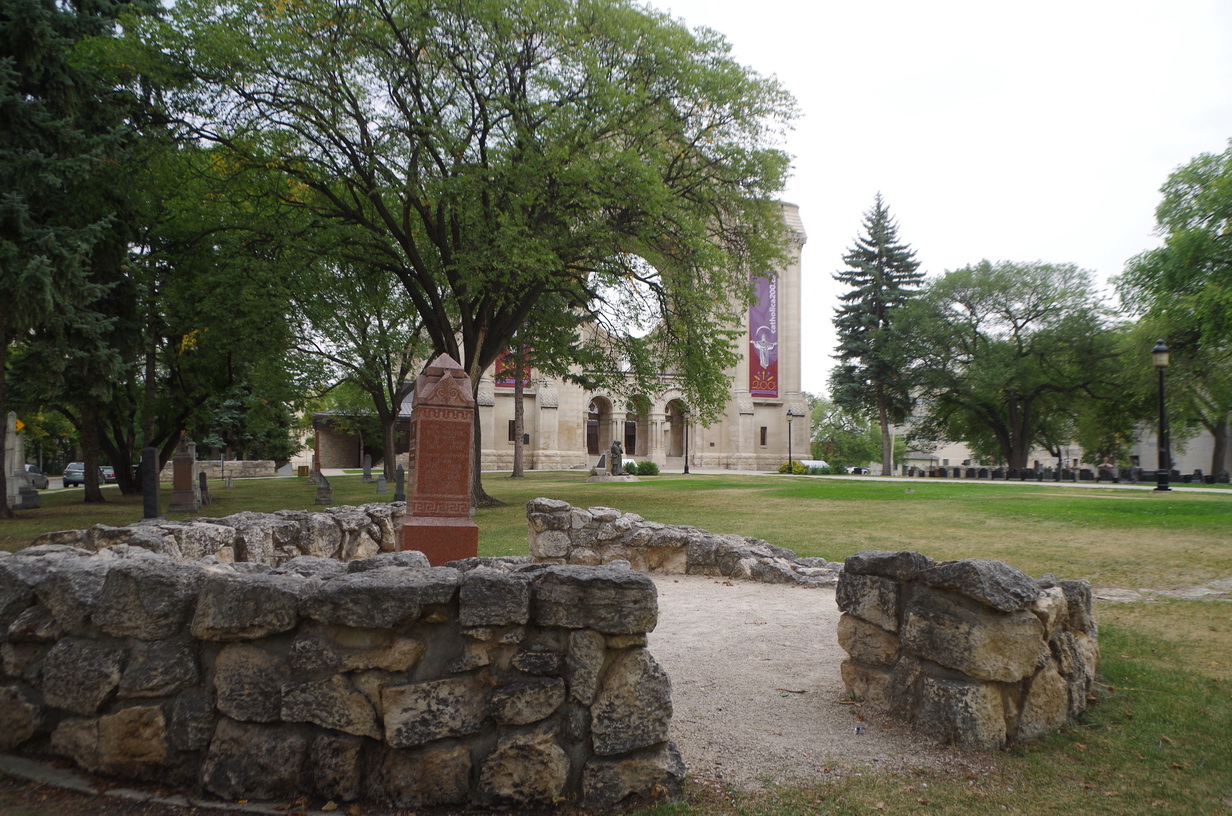 One of the most famous leaders of these early years was a Metis by the name of Louis Riel (LOO-ee REE-al) who originally was trained as a priest by the Church in Saint Boniface. Later educated in some of the best schools in Eastern Canada and the USA, he became an effective leader of the Metis people in and around The Forks. Trusted also by First Nations leaders, he was elected as a representative of the western territories to the Canadian Parliament in Ottawa and is credited to this day as the founder of the Province of Manitoba.
One of the most famous leaders of these early years was a Metis by the name of Louis Riel (LOO-ee REE-al) who originally was trained as a priest by the Church in Saint Boniface. Later educated in some of the best schools in Eastern Canada and the USA, he became an effective leader of the Metis people in and around The Forks. Trusted also by First Nations leaders, he was elected as a representative of the western territories to the Canadian Parliament in Ottawa and is credited to this day as the founder of the Province of Manitoba.
Unfortunately, by 1885, the stresses between the Metis people (now including communities farther west into present day Saskatchewan) and the national government (which was intent on “opening up” Western Canada for farming) created conditions for a defiant stand by the Metis people against the policies of Ottawa. A rebellion was put down by force and, in the end, Louis Riel was executed in Regina for treason. He was blamed for the uprising and his execution was to be a lesson for all who might rise up in protest against European immigration to the area. Today Louis Riel is considered much more of a hero in recognition of his stand for humane treatment of his own and First Nations people. He is honoured by the naming of a major highway in Saskatchewan, # 11 linking Regina and Saskatoon, the Louis Riel Trail.
Meanwhile, at The Forks, much of this history continues to be celebrated. Historical plaques are posted in various locations to remind visitors of the important history of the place.
The Saint-Boniface Cathedral and Community
Saint Boniface Cathedral stands at the heart of a strong French-language community in Winnipeg that continues to this day. Unfortunately, a large beautiful Cathedral, built in 1906, burned in a great fire in 1968. A newer, but smaller, church has now been constructed just back from the now empty facade (which may remind many of the ruins of St Paul’s Church in Macau).
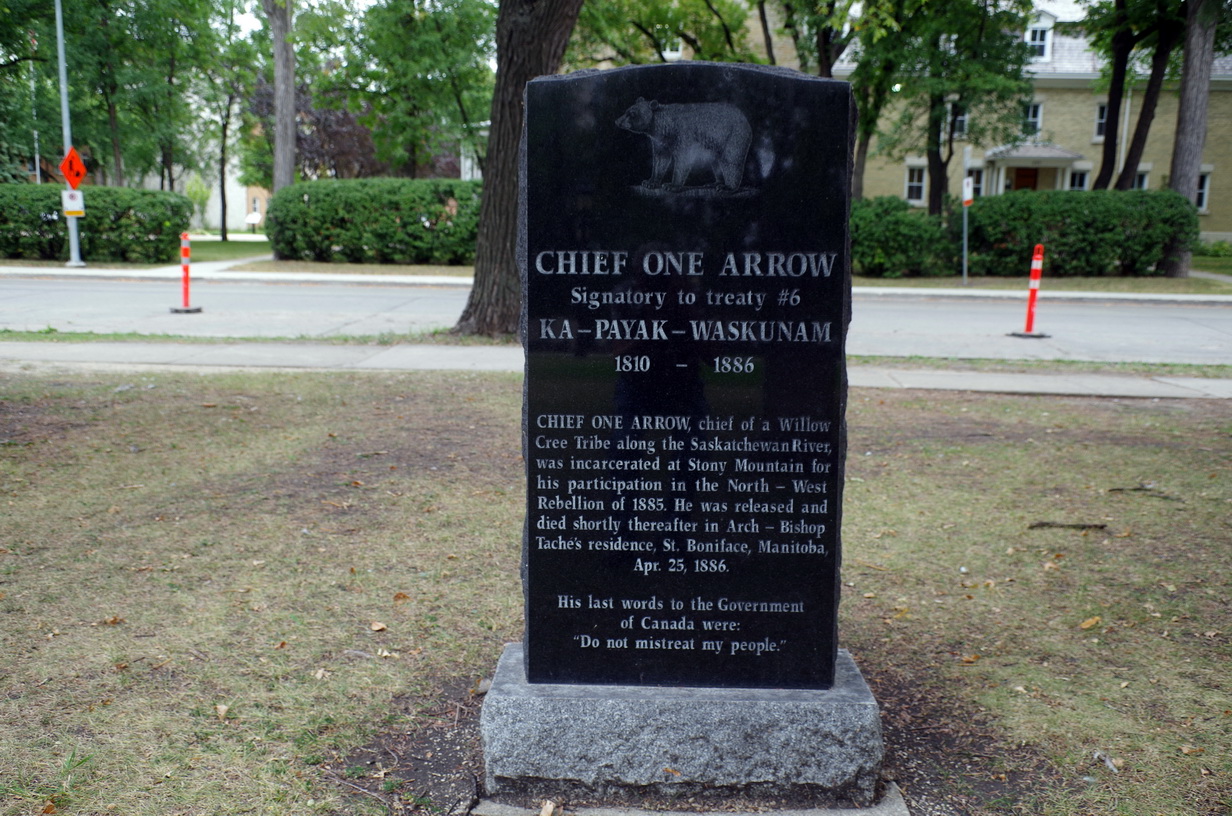 At the front of the church, a garden area supports a cemetery for church leaders (mostly priests and nuns) as well as other significant personalities. A memorial to Chief One Arrow is here as well as the burial site of Louis Riel (his remains moved here after his execution in Regina).
At the front of the church, a garden area supports a cemetery for church leaders (mostly priests and nuns) as well as other significant personalities. A memorial to Chief One Arrow is here as well as the burial site of Louis Riel (his remains moved here after his execution in Regina).
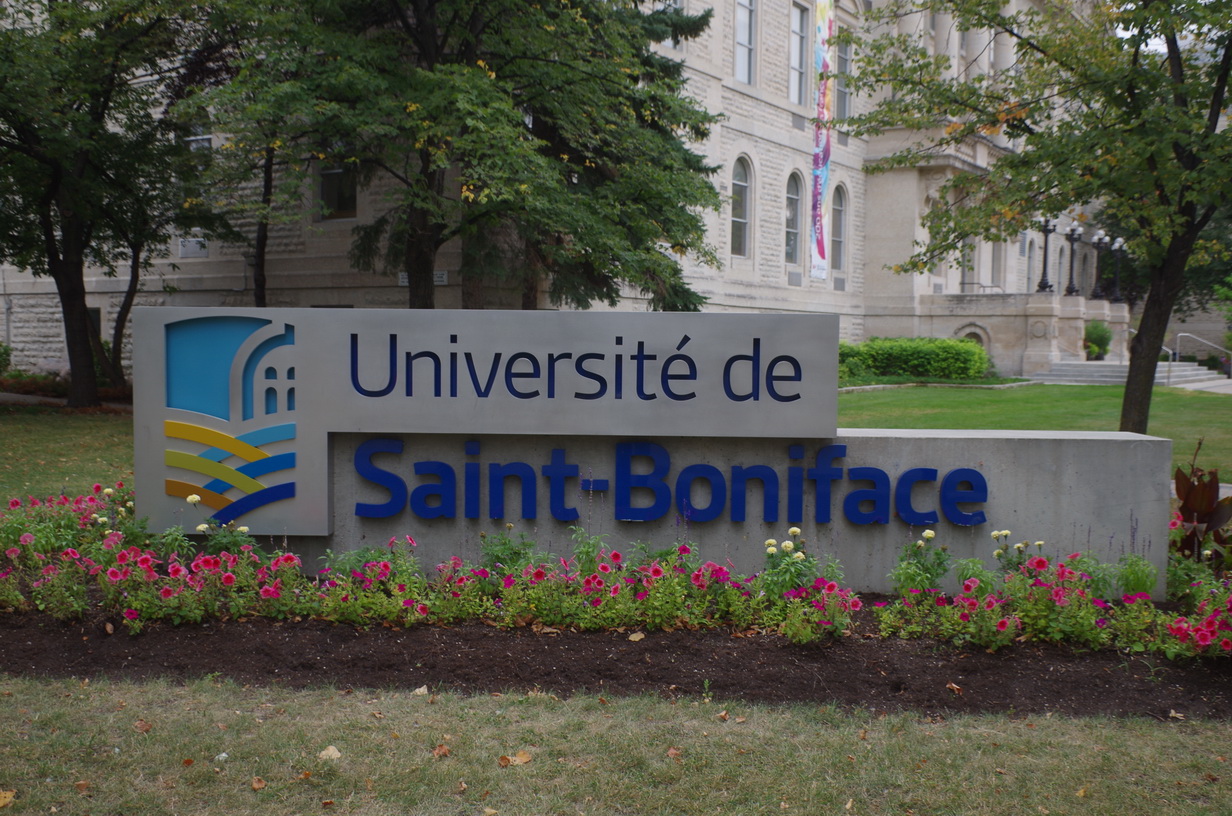 Back behind the Cathedral is St Boniface University, originally a college developed by the Church to train local people for the priesthood (the religious leaders in the Catholic Church tradition). It has continued to develop over the past 200 years and is, today, a mix of religious training and liberal arts education. Also on the grounds of the University stands another large memorial to Louis Riel. He may be the most famous graduate of the college (and the later university) developed at this site.
Back behind the Cathedral is St Boniface University, originally a college developed by the Church to train local people for the priesthood (the religious leaders in the Catholic Church tradition). It has continued to develop over the past 200 years and is, today, a mix of religious training and liberal arts education. Also on the grounds of the University stands another large memorial to Louis Riel. He may be the most famous graduate of the college (and the later university) developed at this site.
For more details on Saint Boniface University see the link below, or click here.
The new museum dedicated to peace and justice
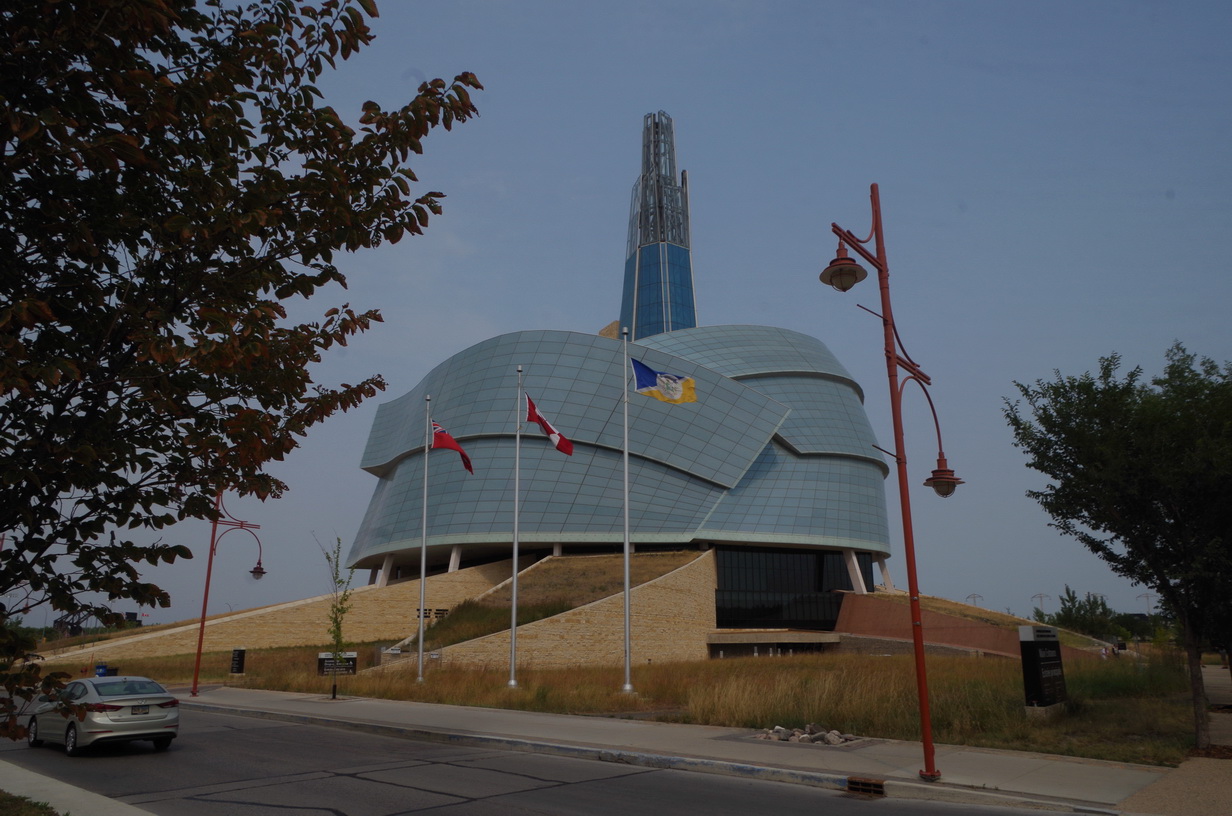 A third major point of interest in the area is a massive new museum which opened in 2014. Its location and theme addresses the injustices of many struggles in America and the larger world. Here, the “colonial mentality” towards First Nations people is critically outlined as well as the ways in which powerful authorities in many parts of the world have attempted to suppress minority groups. It includes a display about the injustices of our own Canadian government towards early Chinese immigrants (including the Chinese Exclusion Act of 1923).
A third major point of interest in the area is a massive new museum which opened in 2014. Its location and theme addresses the injustices of many struggles in America and the larger world. Here, the “colonial mentality” towards First Nations people is critically outlined as well as the ways in which powerful authorities in many parts of the world have attempted to suppress minority groups. It includes a display about the injustices of our own Canadian government towards early Chinese immigrants (including the Chinese Exclusion Act of 1923).
Leadership for development and funding of this national museum owes much to the vision and personal wealth of a local Jewish businessman, Mr Izzy Asper, who once also served as Premier of Manitoba. Within the many floors and displays of the museum we find many artifacts and sad stories of people and events. Displays portray the history of Nelson Mandela in South Africa and the Jewish Holocaust in Europe. The museum presents a powerful message and causes most people to think deeply about both present and past abuses of power.
-
Album: The Historic Forks Area of Winnipeg
Album: Saint Boniface University and Riel Memorial
Album: Images from the New Church of the Cathedral
Album: The New Canadian Museum of Human Rights
First published: 2018/10/17
Latest revision: 2019/09/29
